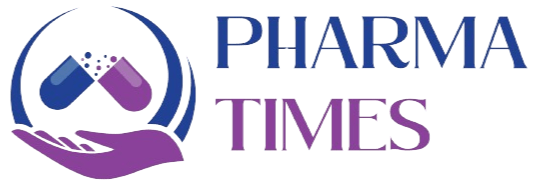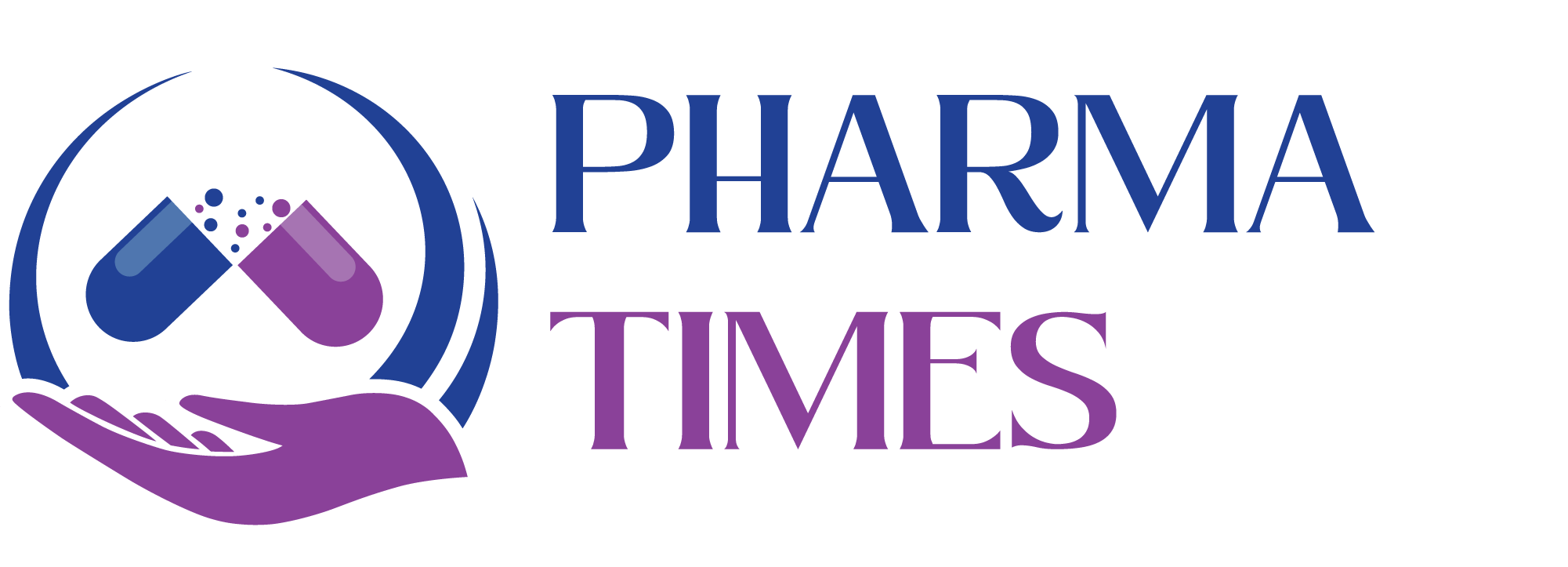SOP for Equipment Qualification.

Standard Operating Procedure (SOP)
1. Purpose
To define the procedure for the qualification of equipment used in regulated environments (e.g., manufacturing, laboratory, or healthcare) to ensure that it operates as intended, performs consistently, and meets necessary regulatory requirements.
2. Scope
This SOP applies to all equipment used within [Organization/Facility Name] that requires qualification, including but not limited to:
-
Manufacturing equipment
-
Laboratory instruments
-
Calibration tools
-
Packaging equipment
-
Process control systems
3. Responsibilities
-
Quality Assurance (QA) Department: Ensure compliance with regulatory standards, review qualification documents, and maintain records.
-
Equipment Owner/Department: Provide necessary equipment documentation, ensure operation and maintenance according to the manufacturer’s guidelines, and coordinate with QA for qualification.
-
Maintenance Team: Support in calibration, maintenance, and troubleshooting of the equipment during the qualification process.
-
Validation Team: Perform qualification testing and documentation according to the procedure.
4. Definitions
-
Qualification: The documented process of demonstrating that equipment performs consistently and meets predefined specifications.
-
Installation Qualification (IQ): The process of verifying that the equipment is installed correctly and meets operational specifications.
-
Operational Qualification (OQ): The process of verifying that the equipment performs within specified limits during normal operation.
-
Performance Qualification (PQ): The process of ensuring that the equipment consistently performs as expected in a defined operating environment and under real production conditions.
5. Procedure
5.1 Equipment Selection
-
Initial Evaluation: Identify and evaluate the equipment requirements based on its intended use.
-
Procurement: Ensure the equipment is selected from qualified suppliers and meets applicable industry standards.
-
Review Documentation: Obtain and review all equipment manuals, calibration certificates, and installation documentation before beginning qualification.
5.2 Installation Qualification (IQ)
-
Verification of Installation:
-
Confirm the equipment is installed according to the manufacturer’s specifications.
-
Verify utilities (e.g., electrical, water, air supply) are properly connected and meet the requirements for operation.
-
Check that the equipment is free from any shipping or handling damage.
-
-
Documentation:
-
Record all installation steps, including equipment serial numbers, location, and installation date.
-
Document the verification of utilities and the initial setup configuration.
-
5.3 Operational Qualification (OQ)
-
Initial Testing:
-
Verify the equipment operates within the specified limits under normal operating conditions.
-
Perform a series of operational tests, including:
-
Functionality testing
-
Calibration checks
-
Safety interlock testing
-
Temperature, pressure, and other relevant performance tests.
-
-
-
Acceptance Criteria:
-
Ensure the equipment meets performance specifications as defined by the manufacturer and any applicable regulatory standards.
-
Record and document all test results, noting any discrepancies or adjustments made during the qualification process.
-
5.4 Performance Qualification (PQ)
-
Real-World Testing:
-
Run the equipment under normal operational conditions for an extended period.
-
Test equipment performance during actual production or process simulations.
-
Evaluate the equipment’s ability to maintain consistent performance over time (e.g., consistency in output, minimal deviations from set parameters).
-
-
Acceptance Criteria:
-
Ensure the equipment consistently meets predefined operational criteria under normal and stress conditions.
-
Record and document performance, identifying any issues or performance deviations.
-
5.5 Documentation and Reporting
-
Qualification Report:
-
Compile a comprehensive report documenting IQ, OQ, and PQ test results, including any corrective actions taken.
-
Ensure that any deviations or issues identified during qualification are addressed and resolved.
-
-
Approval: Obtain approval from QA and/or senior management for the qualification completion.
-
Retention: Maintain all qualification records for future reference and regulatory inspections (typically for a specified retention period, such as 5–10 years).
6. Requalification
-
Scheduled Requalification: Equipment should be requalified on a scheduled basis, or when:
-
Major repairs or upgrades are performed.
-
Modifications are made to the equipment or its surroundings.
-
There are changes in the equipment’s intended use.
-
After a specified time period, typically every 2-3 years, depending on regulatory requirements.
-
-
Requalification Testing: Perform IQ, OQ, and/or PQ tests as necessary during requalification, depending on the level of change or upgrade.
7. Safety and Compliance
-
Ensure that all equipment meets regulatory requirements (e.g., FDA, ISO, GMP).
-
Adhere to safety protocols during testing and operation, including the use of PPE, proper handling of equipment, and following emergency procedures.
-
Confirm that all calibration and validation processes are performed according to applicable standards.
8. References
-
[ISO 9001: Quality Management Systems – Requirements]
-
[GxP Regulations – Good Manufacturing Practice]
-
[FDA 21 CFR Part 820: Quality System Regulation]
-
[Equipment Manufacturer’s User Manual]
-
[Validation Master Plan (VMP)]
9. Annexures
-
Equipment Qualification Template (IQ, OQ, PQ)
-
Qualification Test Plan Template
-
Calibration Certificate Template
-
Corrective Action Request (CAR) Form
-
Equipment Maintenance and Service Log.
🎓 Discover one of the best Quality Assurance courses available — click below to explore the course that’s shaping future QA skills.

